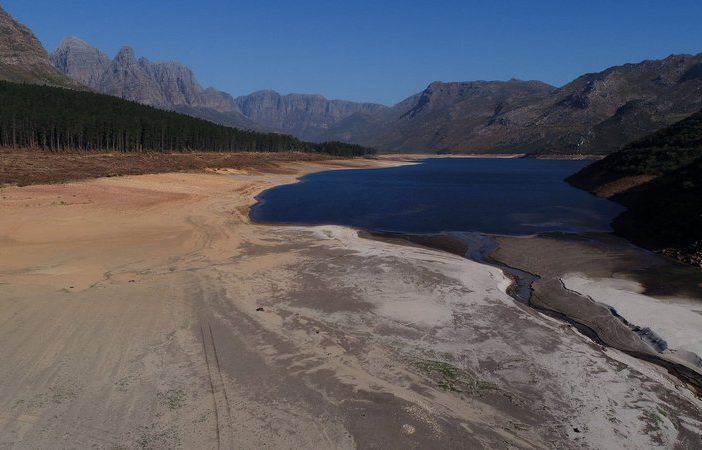- South Africa has enough water to see the country through the 2019 winter season but the sustainability of water resources may be compromised by future anticipated rainfall and if consumers are negligent.
“It is almost certain that South Africa will not run out of water during the dry winter spell, with statistics showing that there is sufficient water in reservoirs for use until the next summer rains,” the Department of Water and Sanitation said.
A weekly report by the department estimates that the current national storage is at 23,209.4 cubic metres out of a capacity of 32,321 cubic metres.
According to the report, the current winter rainfall in the Western Cape has boosted South Africa’s water capacity to high levels, with the provincial dam levels reaching the 50% mark after torrential rains fell in most parts of the province in the last 12 days.
Related news: Cape Town’s desalination dispute comes down to sewerage in the seawater. Read more
Stored water show positive results
The rains have raised hopes of a bumper season among wine producers and citrus farmers in Stellenbosch and the Boland.
Free State tops all the provinces with an estimated 15,945 cubic metres of water stored in the province’s reservoirs in past months. The current provincial dam levels stands at 86.7%.
Mpumalanga has recorded the second largest storage at 2,538.6 cubic metres, with the Western Cape following at 1,865.7 cubic metres.
“The figure for Western Cape is likely to increase dramatically as more downpours are expected in the province in the next three months,” the department said.
Although Gauteng has the highest dam levels at 94.4% this week, the province has fewer and smaller dams compared to other provinces. Dam levels in the Northern Cape are estimated at 86.8%.
Klerkskraal and Potchefstroom Dams in the North West are at full capacity, while the situation remains dire in regions such as Madibeng, Ngaka Modiri and Madibogo.
While there is not a single dam that has recorded 100% capacity in KwaZulu-Natal, the water situation is satisfactory. The average dam level in the province is currently at 63.3%, a slight drop by 2% compared to the same period last year.
Limpopo has recorded only four dams that are full to capacity. The province has thus far managed to store 929.1 cubic metres on a capacity of 1,522.3 cubic metres.
The department appeals to consumers to continue with their water-saving habits that have contributed immensely to bulk storage throughout the country.
Intervention in Eastern Cape
The department said it continues to intervene in the water situation in Makhanda in the Eastern Cape, which has been affected by acute water shortage in the past months.
Although the town depends largely on groundwater at the moment, the department said it is busy refurbishing the multimillion-rand James Kleynhans Water Treatment Plant that supplies water to Makhanda.
“A total R64 million has been spent to complete Phase One of the project and R78 million has been allocated for Phase Two. The four-phased project will be completed in June 2021 at a cost of R237 million,” the department said.
Author: Nicolette Pombo-van Zyl
This article was originally published on ESI Africa and is republished with permission with minor editorial changes.















